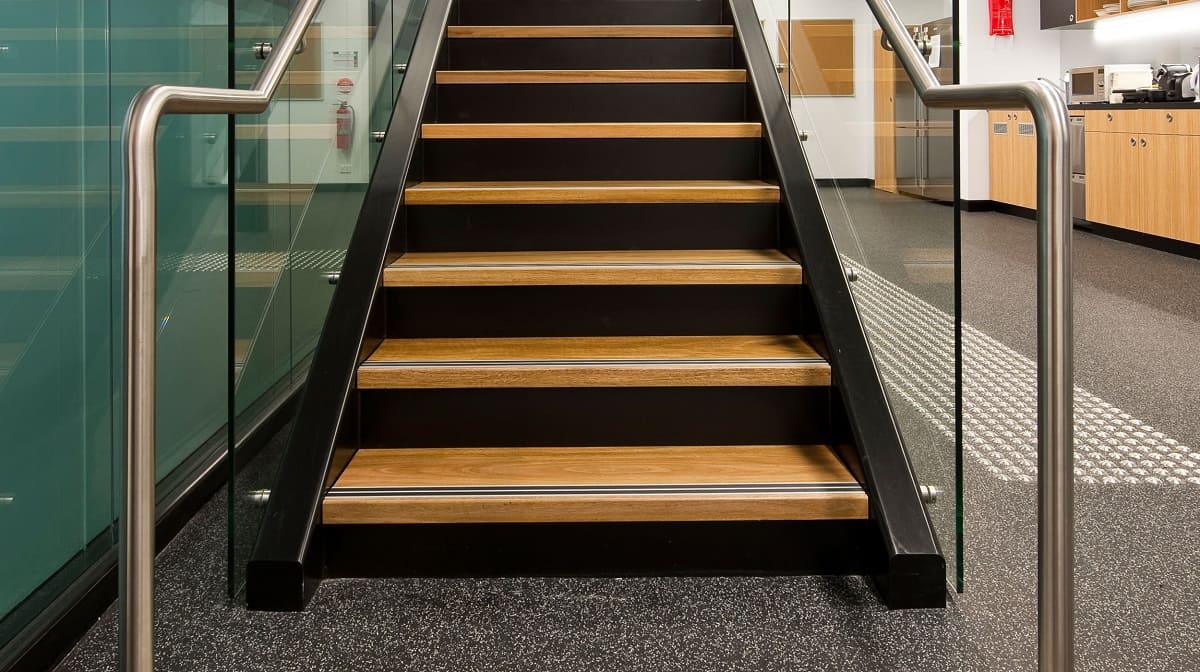

Articles
What Is Tread On Stairs
Modified: October 20, 2024
Find articles on what is tread on stairs. Learn about different types of treads, installation methods, and maintenance tips.
(Many of the links in this article redirect to a specific reviewed product. Your purchase of these products through affiliate links helps to generate commission for Storables.com, at no extra cost. Learn more)
Introduction
When it comes to designing and constructing stairs, one of the crucial elements to consider is the tread. The tread of a stair is the part that you step on when ascending or descending the staircase. It is the horizontal surface that provides support and stability to your feet as you move from one step to another.
The tread on stairs plays a vital role in ensuring safety, comfort, and durability. It is not just a functional component but also an aesthetic one that can enhance the overall look and feel of your staircase. Understanding the importance of the tread on stairs and considering its various aspects can help you make informed decisions when it comes to stair design and construction.
In this article, we will explore the definition of tread on stairs, its significance, factors affecting its performance, different types of treads, materials used in their construction, maintenance tips, and safety considerations. Let’s dive in and discover everything you need to know about tread on stairs.
Key Takeaways:
- The tread on stairs is a crucial element that impacts safety, comfort, and aesthetics. Factors such as material choice, maintenance, and safety considerations play a significant role in creating a functional and visually appealing staircase.
- Understanding the importance of tread on stairs, considering factors affecting its performance, and selecting the right material can ensure a safe, durable, and visually pleasing staircase. Proper maintenance and safety measures are essential for preserving the tread’s longevity and functionality.
Definition of Tread on Stairs
The tread on stairs refers to the horizontal surface of a step that provides a walking surface for individuals using the staircase. It is the part of the staircase that you step on when ascending or descending.
The tread on stairs is typically flat and wide enough to accommodate a person’s foot comfortably. It is designed to provide a secure and stable platform for each step, ensuring that individuals can navigate the staircase safely.
Typically, the tread on stairs is made of a durable material such as wood, laminate, carpet, stone, or metal. The choice of material for the tread depends on factors such as aesthetics, functionality, and maintenance requirements.
The size of the tread can vary depending on building regulations, architectural design, and personal preferences. It is crucial to ensure that the tread depth and width are appropriate to prevent tripping hazards and allow for comfortable navigation of the staircase.
The tread on stairs is often integrated with other parts of the staircase, such as the riser and nosing. The riser is the vertical part between each step, while the nosing is the front edge of the tread that overhangs the riser.
Overall, the tread on stairs is a crucial component that determines the safety and usability of the staircase. It provides a stable and secure platform for individuals, allowing for a smooth and comfortable transition between each step.
Importance of Tread on Stairs
The tread on stairs is of significant importance as it directly impacts the safety, comfort, and durability of the staircase. Here are some key reasons why the tread on stairs is crucial:
1. Safety: The tread on stairs plays a vital role in preventing slips, trips, and falls. The horizontal surface provides traction, ensuring that individuals have a secure footing when ascending or descending the staircase. A well-designed and properly maintained tread reduces the risk of accidents and injuries.
2. Comfort: A comfortable tread is essential for a pleasant stair-climbing experience. The size, shape, and material of the tread can significantly impact the comfort level. The tread should provide enough space for the entire foot to rest comfortably. It should also have a smooth and even surface to prevent discomfort or strain during use.
3. Durability: Staircases are subjected to continuous foot traffic, making durability a crucial factor. The tread on stairs needs to withstand the wear and tear of regular use without deteriorating. Choosing durable materials and proper installation can ensure that the tread lasts for a long time, reducing the need for frequent repairs or replacements.
4. Aesthetics: The tread on stairs contributes to the overall aesthetic appeal of the staircase and the surrounding space. It is an opportunity to add style, texture, and color to your staircase design. Different materials and finishes can be used to create a visually pleasing and cohesive look that complements the overall decor of your home or building.
5. Noise Reduction: Properly designed treads can help reduce the noise generated when walking up and down the stairs. Adding padding or carpeting to the tread can absorb sound and minimize the impact of footfall, creating a quieter and more peaceful environment.
Overall, the tread on stairs is an essential element that should not be overlooked. It provides safety, comfort, durability, and aesthetic benefits, ensuring that the staircase is not just functional but also visually appealing and user-friendly. Proper selection, installation, and maintenance of the tread are crucial for ensuring a safe and enjoyable stair-climbing experience.
Factors Affecting Tread on Stairs
Several factors can affect the design, functionality, and performance of the tread on stairs. It is important to consider these factors to ensure the safety, comfort, and durability of the staircase. Here are the key factors that can influence the tread on stairs:
1. Building Codes and Regulations: Building codes and regulations set by local authorities dictate the minimum requirements for tread dimensions, including the depth, width, and height of each step. These regulations aim to ensure that the stairs are designed and constructed to meet safety standards. It is important to comply with these guidelines to avoid legal and safety issues.
2. Stair Design and Layout: The design and layout of the staircase can affect the dimensions and shape of the tread. Factors such as the overall size of the staircase, the number of steps, and the available space can influence the tread design. Additionally, the angle of the staircase, known as the stair pitch or slope, can impact the size and shape of the tread.
3. Stair Traffic: The amount and type of foot traffic a staircase receives can also affect the selection of the tread material and design. High-traffic areas may require more durable materials that can withstand heavy use, while low-traffic areas may allow for more decorative and less durable tread options. Considering the anticipated usage of the stairs is important to ensure that the tread can withstand the expected wear and tear.
4. Safety and Slip Resistance: The tread surface must provide adequate traction to prevent slips and falls. Factors such as the texture, material, and finish of the tread surface can influence its slip resistance. It is important to choose materials that provide a good grip, especially in areas prone to moisture or where the staircase is exposed to outdoor elements.
5. Style and Aesthetics: The aesthetic considerations of the staircase can also influence the choice of tread material, color, and finish. The tread should complement the overall design of the space and the desired style, whether it is traditional, modern, rustic, or eclectic. Considering the visual appeal of the tread is essential to create a cohesive and pleasing aesthetic in the staircase area.
6. Maintenance and Cleaning: Different tread materials require varying levels of maintenance and cleaning. Some materials may be more prone to stains, scratches, or wear, requiring regular cleaning and upkeep. The ease of maintenance should be considered when selecting the tread material to ensure its longevity and appearance over time.
By considering these factors, you can make informed decisions regarding the design, materials, and functionality of the tread on stairs. This will ultimately result in a safe, comfortable, and visually appealing staircase that meets your needs and preferences.
Different Types of Tread on Stairs
When it comes to the tread on stairs, there is a wide range of options available, each with its own unique characteristics and benefits. Here are some of the different types of treads commonly used in stair construction:
1. Wood: Wood is a popular choice for stair treads due to its timeless appeal and versatility. It comes in various types of wood, including oak, maple, cherry, and walnut. Wood treads can be stained or painted to match the overall design of the staircase and provide a warm and natural look.
2. Carpet: Carpeting the stair treads is a common choice for providing comfort, noise reduction, and added grip. Carpet treads are available in different colors, patterns, and textures, allowing for a wide range of design options. They can be installed as individual treads or as a continuous carpet runner.
3. Laminate: Laminate treads offer the look of real wood at a more affordable price. They are made of pressed wood with a laminate veneer on the surface, providing a durable and low-maintenance option. Laminate treads come in various finishes that mimic different wood species.
4. Stone: Stone treads, such as granite or marble, provide a luxurious and elegant look to the staircase. They are highly durable and can withstand heavy foot traffic. Stone treads are available in a wide array of colors and finishes, allowing for customization to match the overall design aesthetic.
5. Concrete: Concrete treads offer a modern and industrial look to the staircase. They are strong, durable, and customizable, allowing for various shapes, textures, and finishes. Concrete treads can be left in their natural state or stained to achieve a desired color.
6. Metal: Metal treads, typically made of steel or aluminum, provide a sleek and contemporary appearance. They are durable and resistant to wear and tear. Metal treads can be left in their natural metallic state or finished with coatings for a desired color or texture.
7. Glass: Glass treads create a visually stunning and modern staircase. They are made of tempered or laminated glass for strength and safety. Glass treads allow light to pass through, creating a sense of openness and brightness in the stairwell.
These are just a few examples of the different types of treads available for stairs. Each type has its own unique characteristics, and the choice depends on factors such as the desired style, budget, durability requirements, and maintenance preferences.
To prevent slipping on stairs, make sure the treads (the flat part you step on) are in good condition and not worn down. Consider adding non-slip adhesive strips for extra traction.
Read also: 12 Best Carpet Stair Treads for 2025
Materials Used for Tread on Stairs
The choice of material for the tread on stairs is an important decision that can influence the aesthetics, durability, and maintenance requirements of the staircase. Here are some of the commonly used materials for tread on stairs:
1. Wood: Wood is a classic and popular choice for stair treads. It offers a timeless and natural look, adding warmth and elegance to the staircase. Hardwoods like oak, maple, cherry, and walnut are commonly used due to their strength and durability. Wood treads can be stained or painted to match the overall design of the space and are relatively easy to install.
2. Carpet: Carpeting the tread provides a soft and comfortable surface for walking. Carpet treads can be made of various materials, such as nylon, polyester, or wool. They come in a wide range of colors, patterns, and textures, allowing for customization and adding a cozy and inviting feel to the staircase. Carpet treads are a popular choice for reducing noise and providing additional grip.
3. Laminate: Laminate treads offer the appearance of real wood at a more affordable price. They are made of pressed wood with a laminate veneer on the surface, which can mimic different wood species. Laminate treads are durable, resistant to wear and tear, and easy to clean. They are available in a variety of finishes and colors, allowing for versatility in design options.
4. Stone: Stone treads, such as granite, marble, or limestone, add a touch of luxury and elegance to the staircase. They are highly durable, able to withstand heavy foot traffic, and can last for many years with proper maintenance. Stone treads provide a solid and stable surface, and they come in a wide array of colors and finishes, making it easy to find a suitable option for any design aesthetic.
5. Concrete: Concrete treads are a modern and minimalist choice for staircases. They offer a sleek and industrial look and can be customized in terms of shape, texture, and color. Concrete treads are durable, resistant to wear and tear, and require minimal maintenance. They can be left in their natural state or stained to achieve a desired color.
6. Metal: Metal treads, usually made of steel or aluminum, provide a contemporary and sleek appearance to the stairs. They are durable, resistant to wear and corrosion, and can withstand heavy usage. Metal treads can be left in their natural metallic state or finished with coatings to achieve a desired color or texture.
7. Glass: Glass treads create a visually stunning and modern staircase. They are made of tempered or laminated glass for strength and safety. Glass treads allow light to pass through, enhancing the brightness and openness of the stairwell. They are easy to clean and provide a sleek and minimalist look.
The selection of the tread material depends on factors such as the desired aesthetic, durability requirements, maintenance preferences, and budget. Considering these factors will help you choose the ideal material for the tread on stairs that aligns with your design vision and meets functional needs.
Maintenance and Care for Tread on Stairs
Maintaining and caring for the tread on stairs is crucial to ensure their longevity, safety, and appearance. Regular maintenance and proper care can prevent damage, slips, and accidents. Here are some essential tips for maintaining and caring for the tread on stairs:
1. Regular Cleaning: Regularly clean the tread surface to remove dirt, dust, and debris that can accumulate over time. Use a broom, vacuum, or mop to sweep or wipe away the dirt. For carpeted treads, vacuuming or spot cleaning can help keep them clean and fresh.
2. Prompt Spill Cleanup: Immediately clean up any spills on the tread surface to prevent staining or damage. Use a damp cloth or sponge to blot the spill, and then dry the area thoroughly to avoid moisture penetration. For carpets, consider using a carpet cleaner or professional cleaning service for deep cleaning.
3. Avoid Harsh Chemicals: When cleaning the tread, avoid using harsh chemicals, as they can damage certain materials. Instead, use mild detergent or soap and water for general cleaning. If necessary, consult the manufacturer’s guidelines or seek professional advice for specific cleaning instructions.
4. Prevent Moisture Damage: Excessive moisture can cause damage to certain tread materials, such as wood or laminate. Use doormats at the bottom of the stairs to minimize tracked-in dirt and moisture. Additionally, consider adding slip-resistant coatings or tread covers in high-moisture areas to enhance safety and protect the surface.
5. Address Wear and Tear: Regularly inspect the tread surface for signs of wear and tear, such as cracks, chips, or splintering. Repair or replace damaged treads promptly to maintain safety and prevent further damage. For wood treads, consider refinishing or sanding them periodically to restore their original appearance.
6. Check for Loose or Wobbly Treads: Periodically check the stability of the treads to ensure they are securely fastened. Loose or wobbly treads can pose a safety hazard. If any treads are loose, tighten the screws or nails that secure them, or consult a professional for thorough inspection and repair.
7. Protect from Heavy Impact: Avoid dragging heavy objects or dropping heavy items on the tread surface, as this can cause damage. Use caution when moving furniture or other heavy items up or down the stairs. Consider using furniture glides or protective pads to minimize impact and prevent scratches or dents.
8. Follow Manufacturer’s Guidelines: Follow the manufacturer’s guidelines and recommendations for maintenance and care specific to the type of tread material you have selected. Different materials may require different care instructions, so it’s important to follow the appropriate guidelines to maintain the treads properly.
By following these maintenance and care tips, you can ensure the longevity and safety of the tread on stairs. Regular cleaning and prompt repairs will help preserve the appearance and integrity of the treads, providing a safe and aesthetically pleasing staircase for years to come.
Safety Considerations for Tread on Stairs
Ensuring the safety of the tread on stairs is of utmost importance to prevent accidents and injuries. Here are some essential safety considerations to keep in mind:
1. Slip Resistance: The tread surface should provide adequate slip resistance. Choose materials that offer good traction to prevent slips and falls, especially in areas prone to moisture or high foot traffic. Textured surfaces or non-slip coatings can be applied to enhance slip resistance.
2. Proper Lighting: Adequate lighting is essential to ensure visibility and prevent accidents on the stairs. Install proper lighting fixtures along the staircase, including on each step or under the tread overhang. Well-lit stairs help individuals see the treads clearly and navigate them safely.
3. Consistent Tread Dimensions: The tread dimensions, such as depth and height, should be consistent throughout the staircase to ensure a uniform and predictable walking experience. Inconsistent dimensions can lead to tripping hazards and cause individuals to stumble or lose balance.
4. Contrast in Tread Color: Consider creating contrast between the tread and the surrounding area to make the steps more visible. A contrasting color helps individuals distinguish the edges of the treads, especially for those with visual impairments or in lower-light conditions.
5. Adequate Handrail Support: Install handrails on both sides of the staircase to provide support and stability while using the stairs. Handrails should be securely fastened and at an appropriate height for comfortable gripping. Handrails offer balance and support, especially for individuals with mobility challenges or those carrying heavy items up or down the stairs.
6. Clear and Unobstructed Path: Keep the tread and the surrounding areas clear of obstacles, clutter, or loose items that can pose a tripping hazard. Regularly inspect the stairs to ensure there are no loose carpeting, protruding nails, or broken tiles that can cause accidents.
7. Regular Maintenance: Regularly inspect the condition of the treads and address any signs of wear, damage, or instability promptly. Perform routine maintenance, such as cleaning and repairs, to keep the treads in optimal condition and prevent potential hazards.
8. Non-Slip Mats or Tread Covers: Consider using non-slip mats or tread covers, especially in areas that are exposed to moisture or where the stairs can become slippery. These add an extra layer of slip resistance and can be easily installed or removed as needed.
9. Adequate Warning Signs: In commercial or public spaces, ensure adequate warning signs are in place to indicate the presence of stairs and provide instructions for safe stair usage. Clear signage alerts individuals to exercise caution and encourages safe behavior.
Prioritizing safety considerations for the tread on stairs is essential to create a secure environment for individuals using the staircase. By implementing these safety measures, you can minimize the risk of accidents and ensure safe and comfortable stair navigation.
Conclusion
The tread on stairs is a crucial component in stair design and construction. It provides a safe and stable surface for individuals to move up and down the stairs, ensuring their comfort, safety, and overall user experience. Proper consideration of the tread on stairs is essential to create functional and visually appealing staircases.
We explored the definition of tread on stairs and its significance in providing support and stability. We discussed the factors that can affect the performance and design of the tread, including building codes, stair layout, traffic, safety considerations, and style preferences. Understanding these factors allows for informed decision-making when selecting the appropriate tread material and design.
We also explored the different types of treads commonly used, such as wood, carpet, laminate, stone, concrete, metal, and glass. Each material offers unique benefits in terms of aesthetics, durability, and maintenance requirements. Considering the specific needs and preferences of your project will help you choose the ideal material for your tread on stairs.
Maintaining and caring for the tread on stairs is crucial to ensure its longevity, safety, and attractiveness. Regular cleaning, prompt spill cleanup, and addressing wear and tear are essential maintenance practices. Additionally, following safety considerations, such as slip resistance, adequate lighting, and clear paths, will help create a safe environment for stair users.
In conclusion, the tread on stairs plays a vital role in creating safe, comfortable, and visually appealing staircases. By considering the various factors, selecting the right material, and implementing proper maintenance and safety measures, you can ensure the functionality, durability, and overall quality of the tread on stairs. A well-designed and well-maintained tread enhances the overall usability and enjoyment of the staircase for years to come.
Frequently Asked Questions about What Is Tread On Stairs
Was this page helpful?
At Storables.com, we guarantee accurate and reliable information. Our content, validated by Expert Board Contributors, is crafted following stringent Editorial Policies. We're committed to providing you with well-researched, expert-backed insights for all your informational needs.
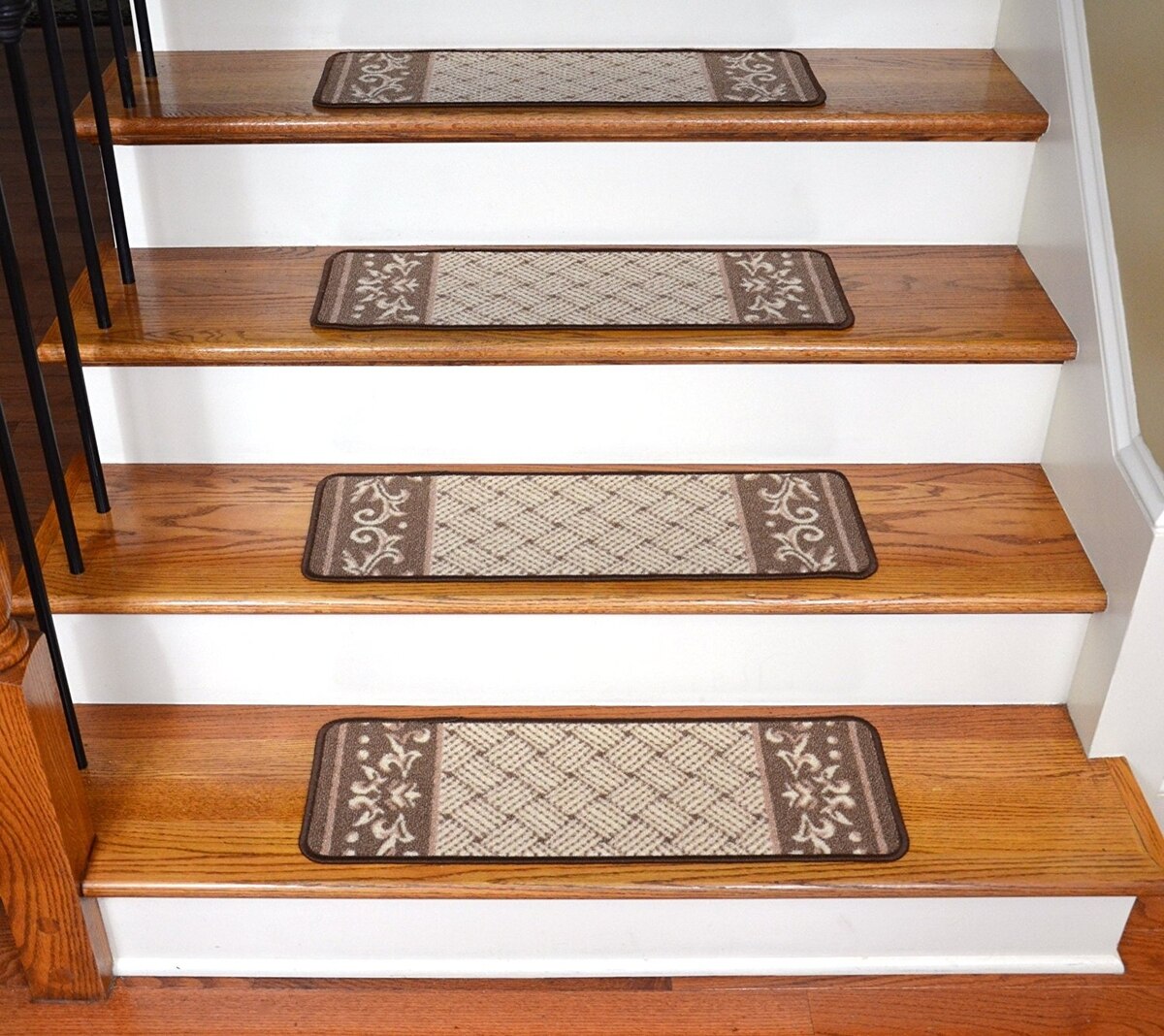
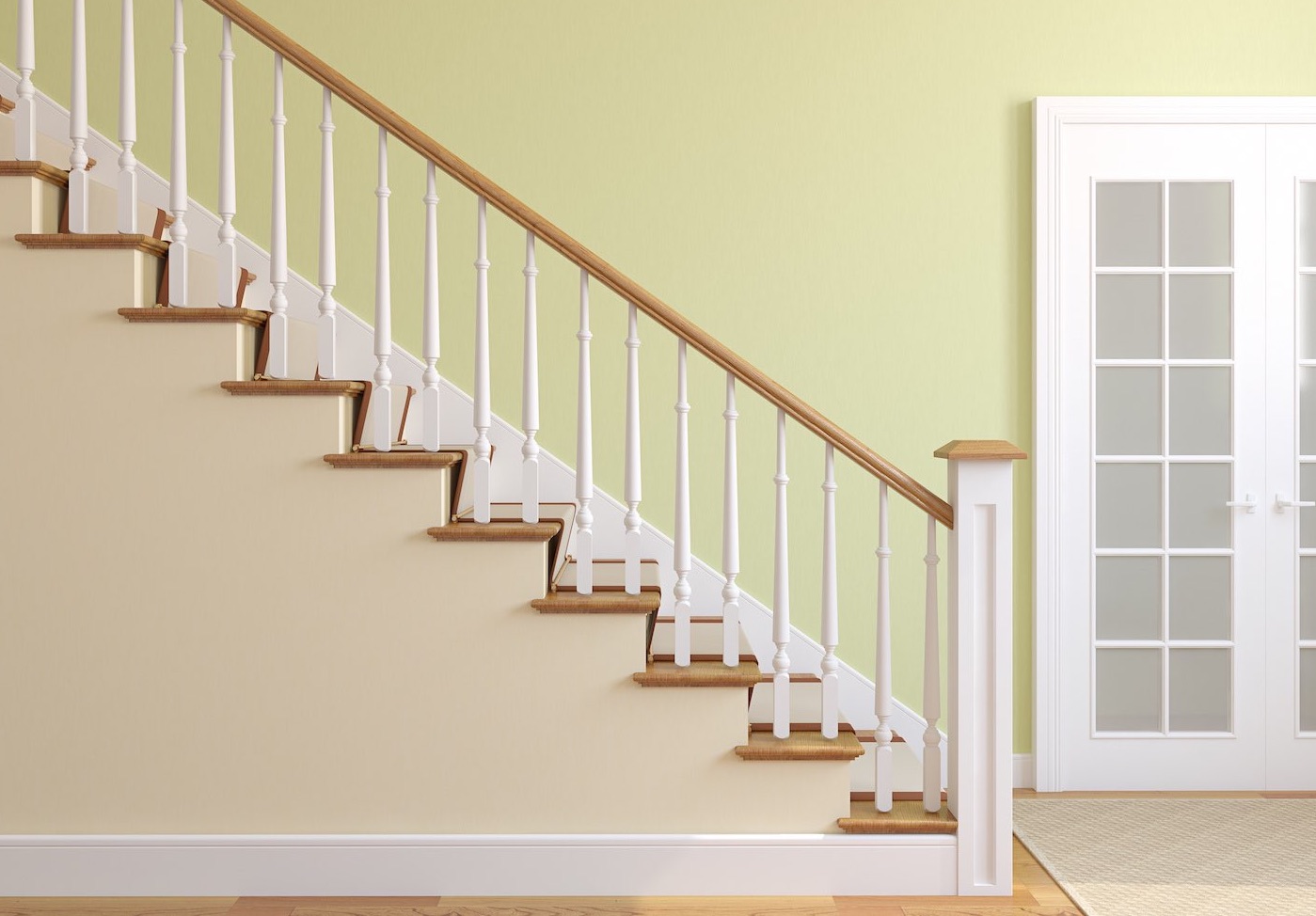

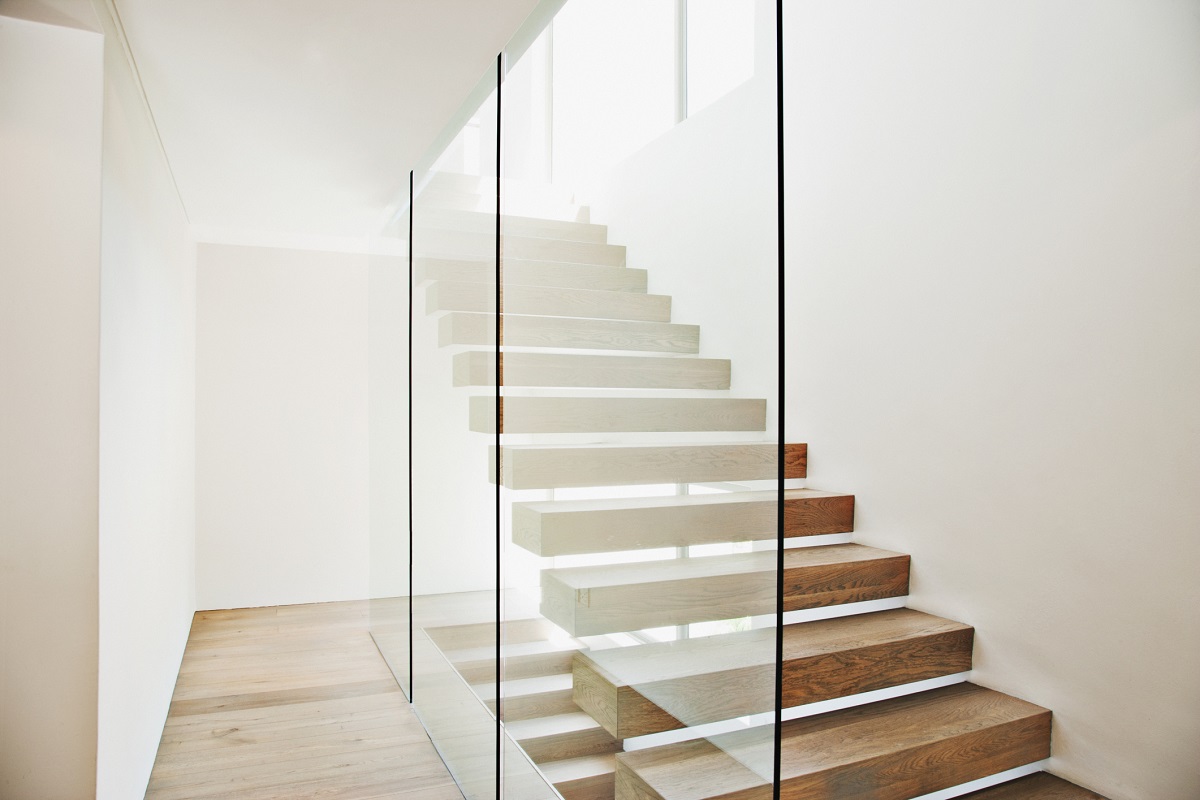
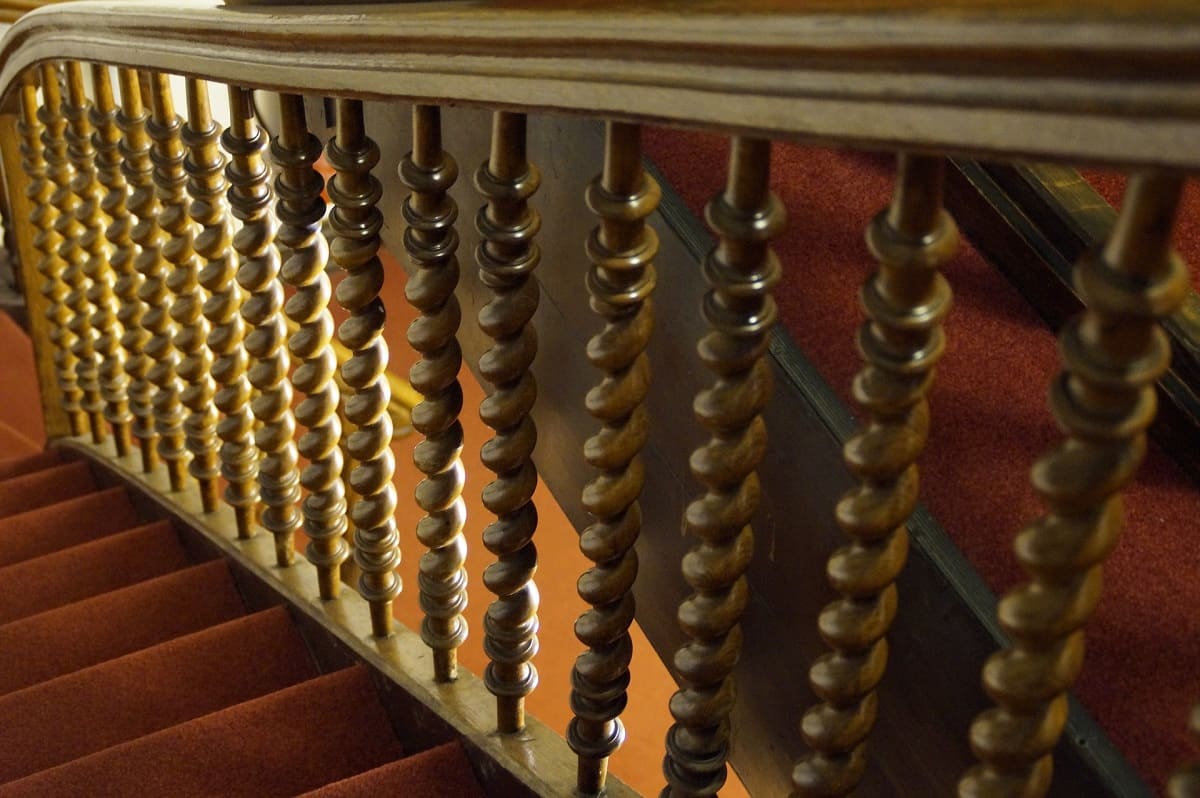
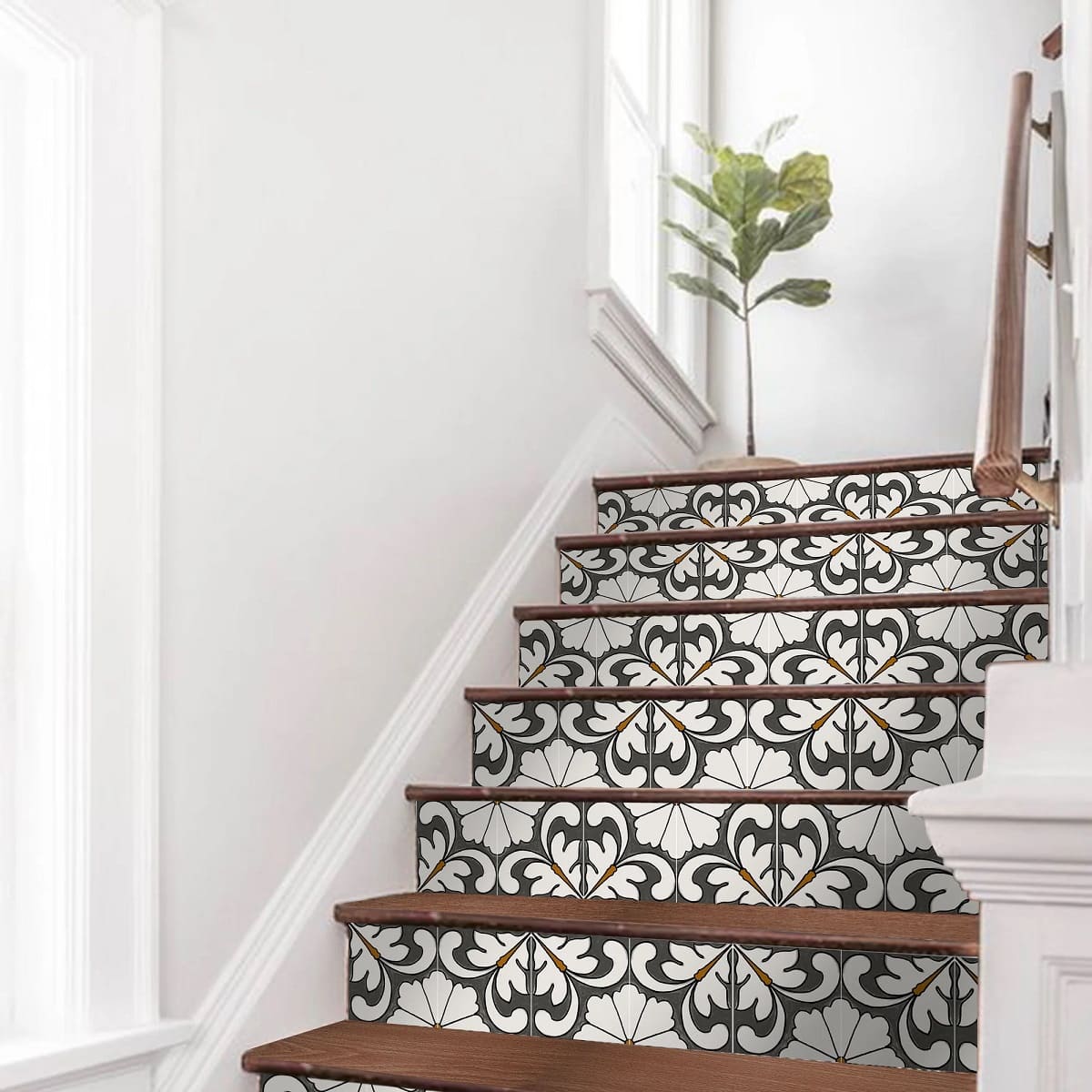
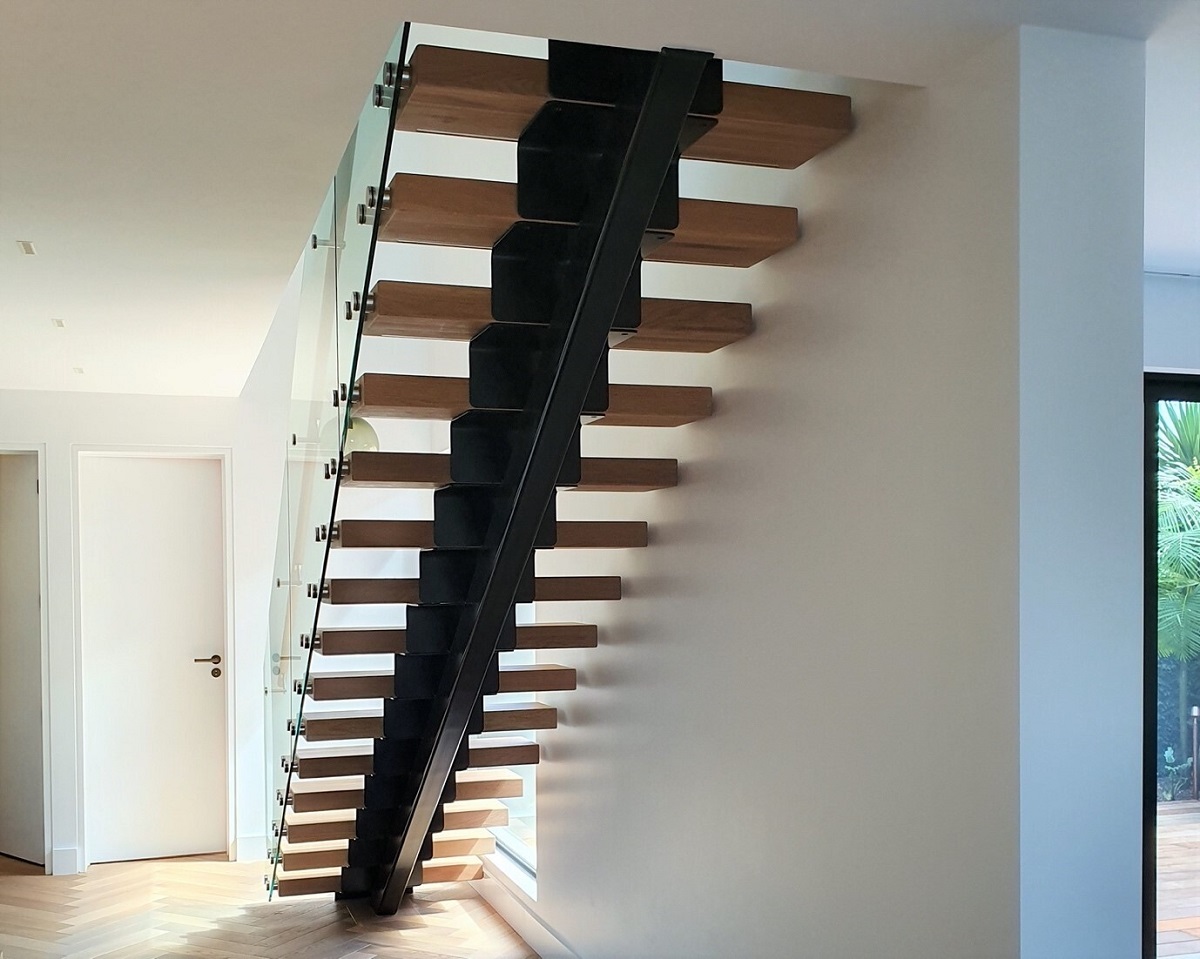

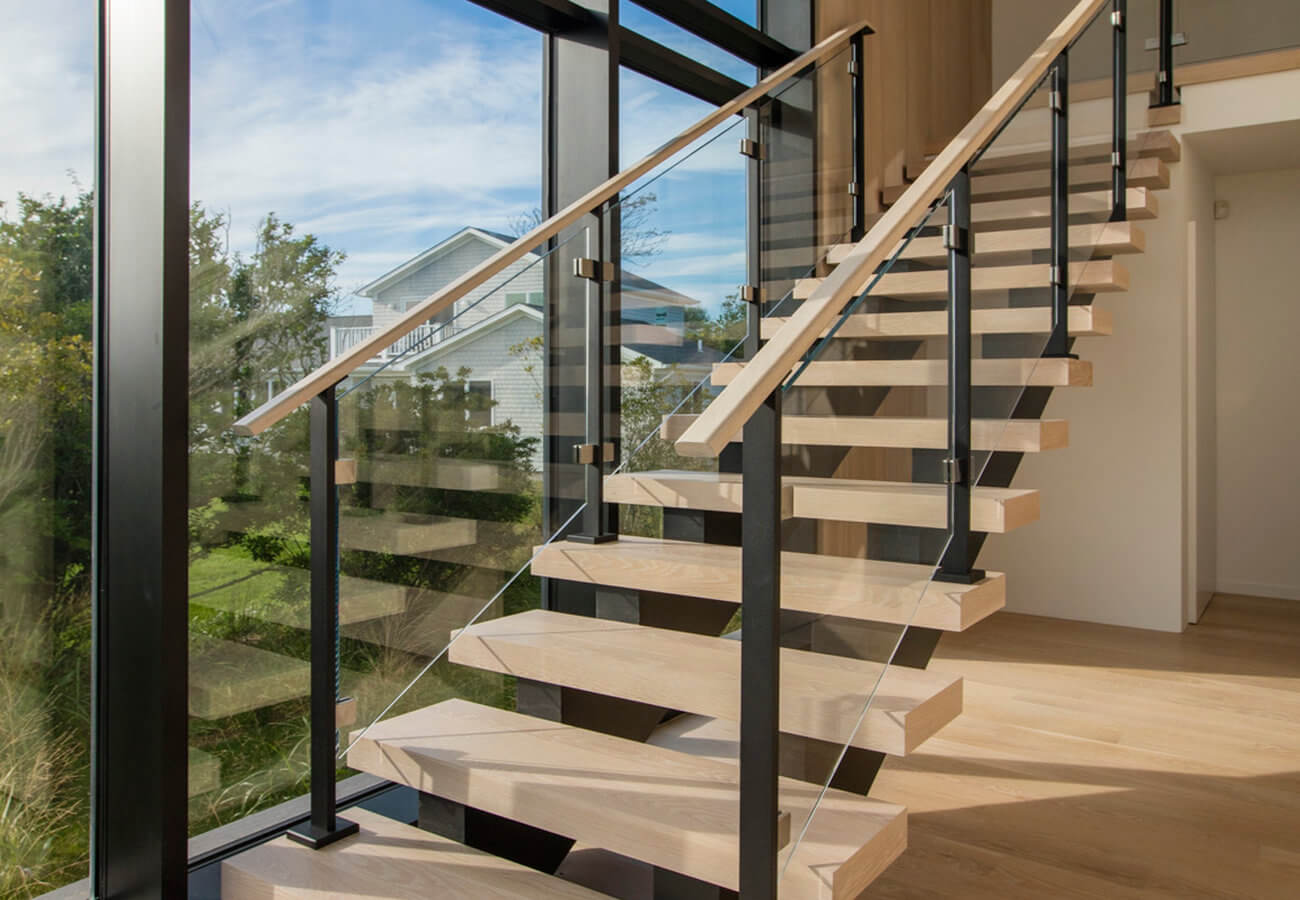
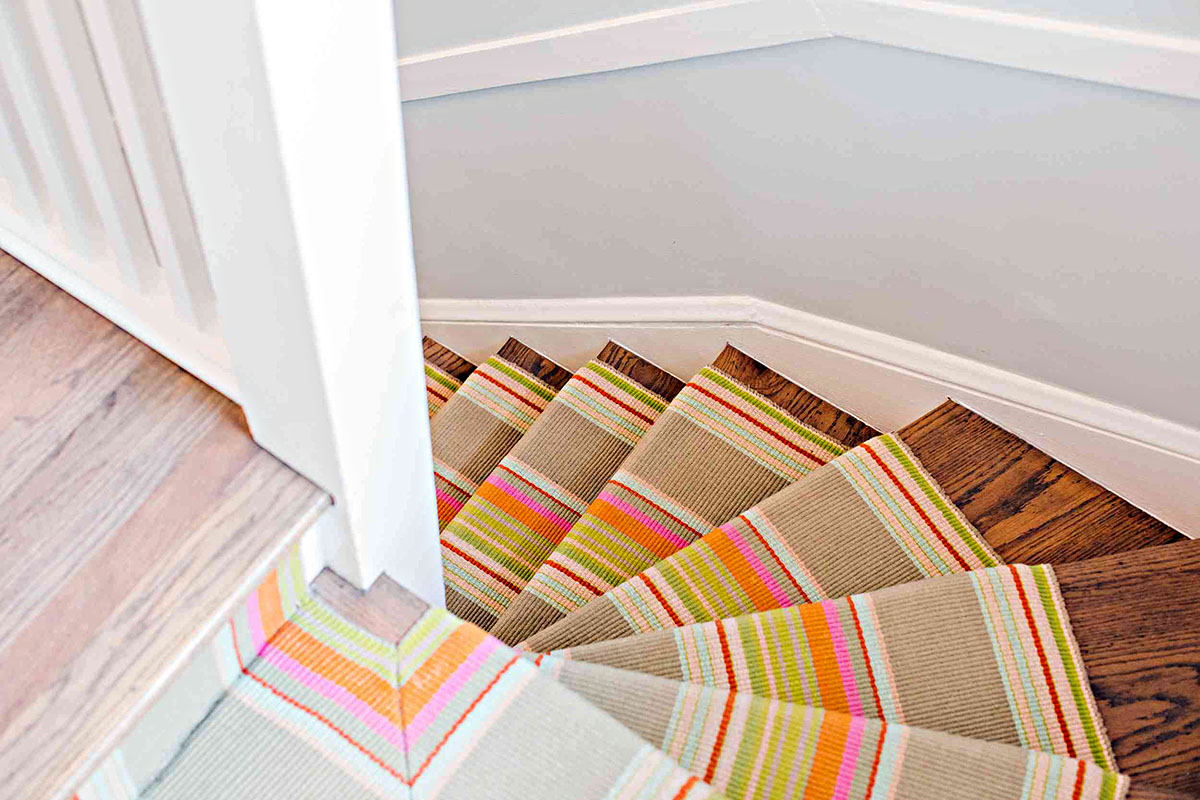
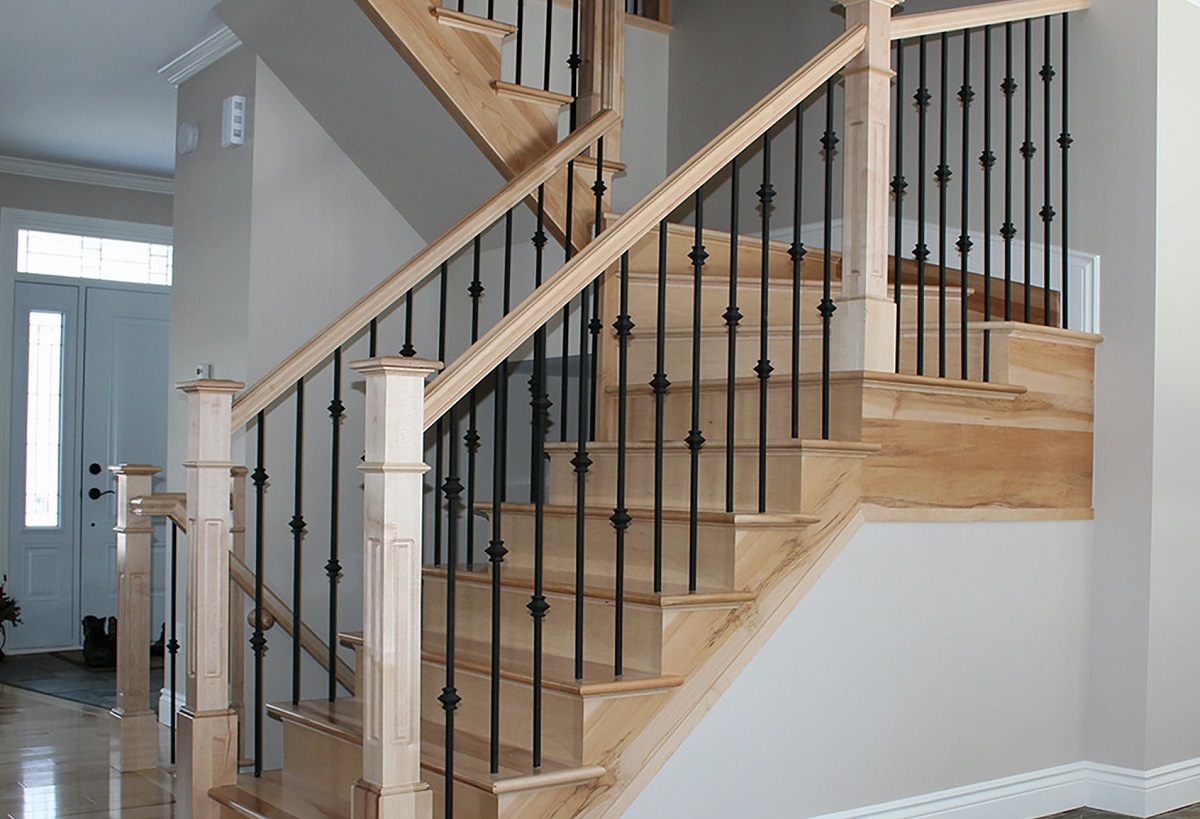
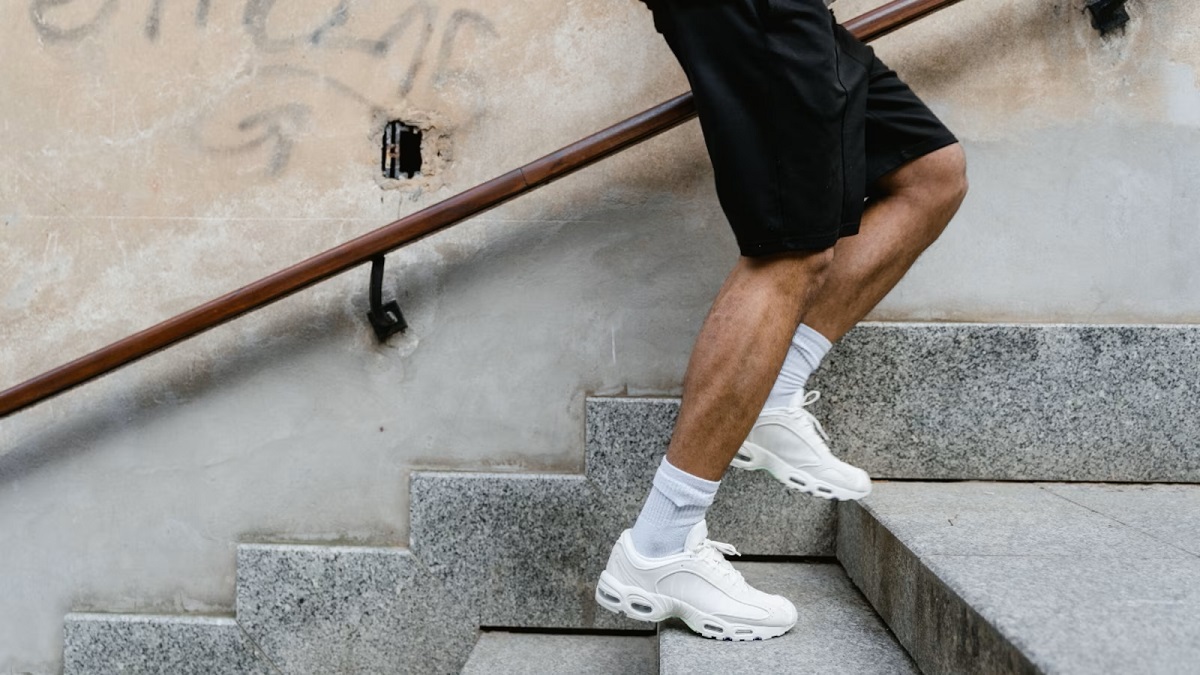
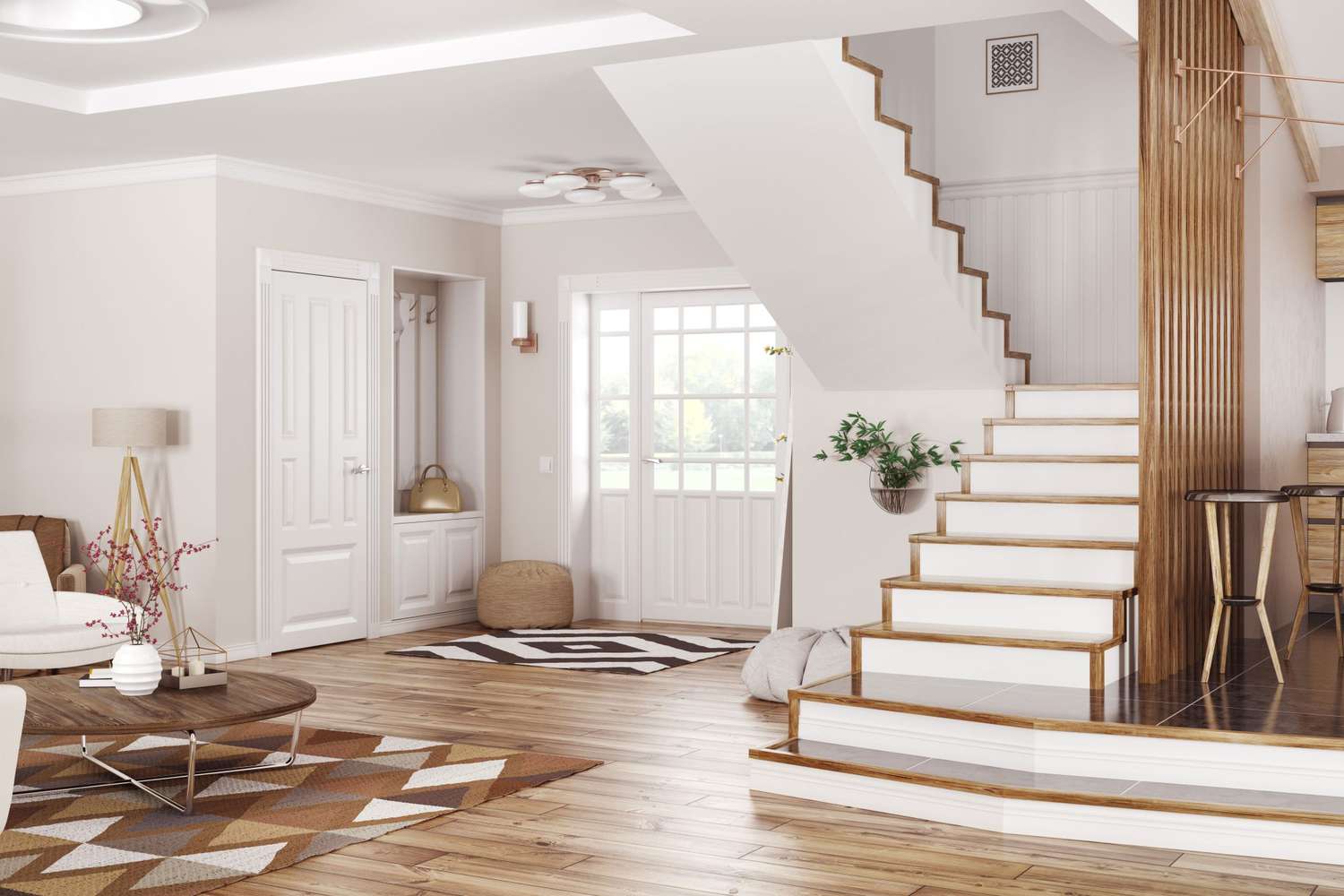
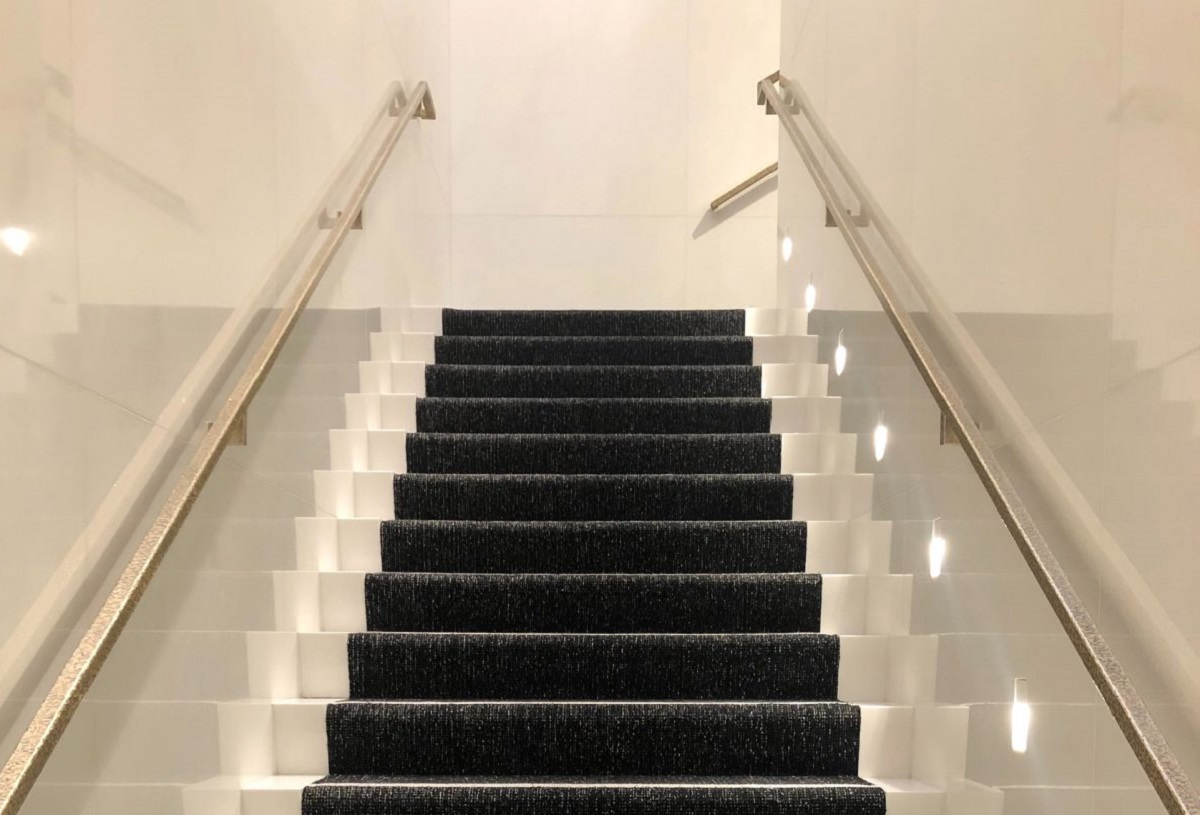

0 thoughts on “What Is Tread On Stairs”